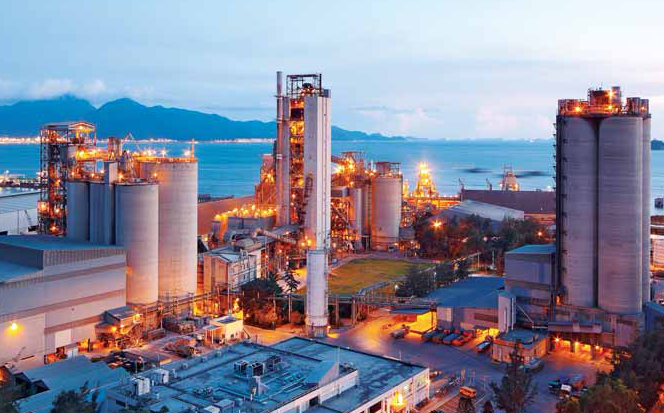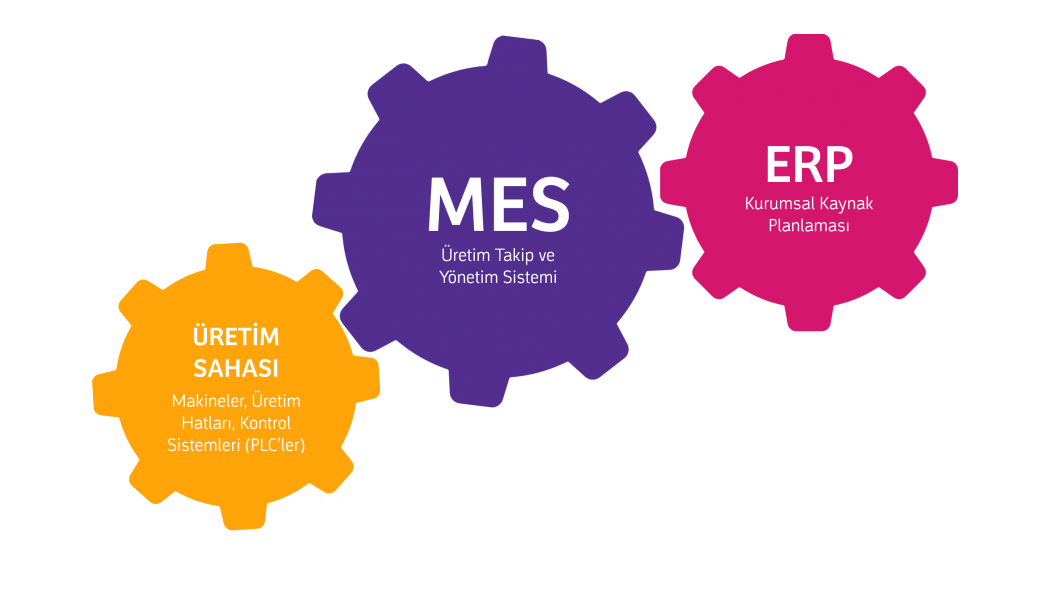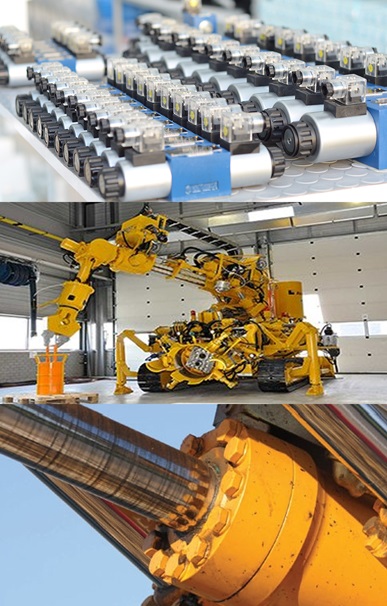
Productivity
A great number of studies has been made since the day when our country was introduced the concept of productivity, i.e. in 1965-1980. According to statistics, the productivity level realized across the world is around 34-45% and it is possible with the necessary studies to turn the industry into an impregnable power with productivity level expected to be around 75-85%.
The number of parts per wage earner…
For example, how can we achieve productivity increase in a factory where each finished piece is transported to the intermediate assembly line and intermediate parts are carried by foreman to the final assembly site? In other words, unfortunately, it cannot be anything other than a simple joke in a factory where people commute to carry the parts manually in terms of the number of parts per wage earner.
It will be beneficial to examine and apply regularly the following 10 basic items in order to increase productivity:
- Management support
- Strengthening and training
- Work study
- Method and time study
- Performance measurements
- System operation via software
- Line of Balance (LOB)
- Quality Control
- Personnel Management
- Better Equipment
As it can be seen, there are a number of different main factors to achieve productivity.
It is possible for enterprises to increase their capacity and produce more but the fact that the enterprise is doomed to failure if productivity cannot be achieved is one of the points to be considered.
"Work smarter, not harder”
Enterprise resource planning (ERP) system is indispensable for enterprises in order to carry out all these processes smoothly today when costs increase day by day.
It is necessary to understand that the following processes are also taken into consideration especially with the impact of Industry 4.0 released by Germany:
- Management of supply chain with analytical methods,
- Timely production with optimum planning,
- Automatic data collection systems,
- Vehicle route and load optimizations,
- Huge amounts of data management with the analysis of data in virtual and real world,
- Smart production lines supported by RFID,
- Incorporation of external suppliers and consumers into production,
- Production of products in line with IoT (Internet of things) concept,
- Advanced warehouse and automation technologies and smart warehouses,
- Ability of farmers to make effective and fast plans based on data collected from agricultural lands,
- Heating oven before coming to home and remote start-up of washing machine program and many more…
In other words, even if our subject matter is about managing inputs and outputs, our factories that can achieve those listed above will be PRODUCTIVE.
Otherwise, due to turmoil caused by delayed orders, you may:
- Lose your best operator
- End up with high repair costs due to damage that may arise during change of mould in the machinery due to this turmoil
- Shoulder extra burden arising from overtime
- Need to mobilize the entire factory for a delayed order
“What you need to do is to define a policy for the intended purpose”.
In a nutshell, if you want to avoid asking yourself “Why do I fail to deliver my good products on time so that I can get ahead of my rivals”, you can ensure that your added-value production/factory is sustainable and it is successfully passed to other generations by planning and implementing these flows properly.
Although we used to speak of quality and product design due to the impact of competition, we should remember that price and speed of delivery are now top topics.
Author: Ahmet Savaş Göktürk
































































































